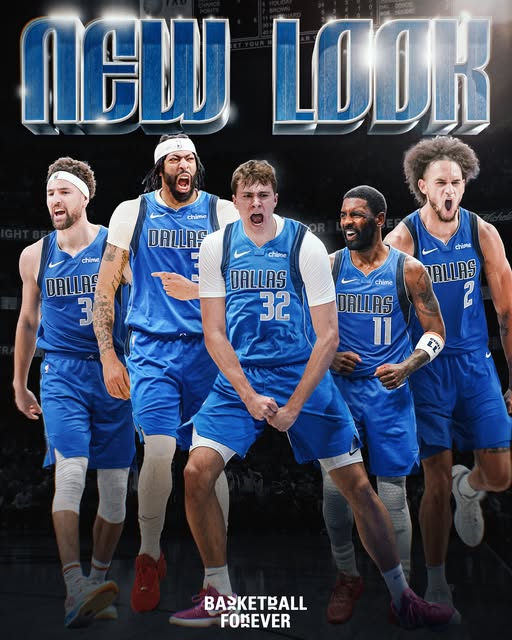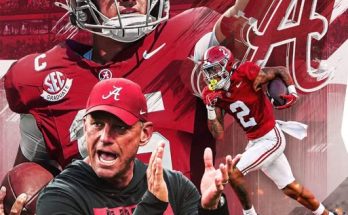When Shams Charania drops a line like “Harrison has built arguably the best front line in the NBA,” it’s not said lightly. Known for his precision and tight grip on NBA inner workings, the comment set off waves across the league. Chad Buchanan may be Indiana’s general manager by title, but the man behind the curtain who’s earned increasing credit within NBA circles for Indiana’s recent frontcourt dominance is none other than Kevin “Ico” Harrison, the Pacers’ quietly effective Vice President of Player Personnel. Harrison, long respected as one of the most insightful basketball minds when it comes to talent evaluation and roster construction, is now receiving overdue recognition for the monster he’s assembled in Indiana.
To fully understand how Indiana has gone from a mid-tier, perennially rebuilding team to one with the most fearsome front line in the league, one has to trace back not just to the players, but the philosophy — and the architect. Harrison’s blueprint wasn’t flashy. It wasn’t about instant gratification or chasing big-name free agents past their prime. It was about building smartly, betting on potential, and assembling pieces that didn’t just fit on paper, but clicked on hardwood. And now, with Myles Turner, Pascal Siakam, and Jarace Walker leading the charge — along with elite depth and two-way flexibility — Indiana’s front line isn’t just good. It’s terrifying.
It starts with Myles Turner, the long-time Pacer who survived years of trade rumors and has evolved into one of the most complete bigs in the game. Harrison, a vocal supporter of Turner’s throughout regime changes and locker room shifts, pushed hard for the franchise to retain and build around him. And it paid off. Turner’s ability to stretch the floor, protect the rim, and seamlessly toggle between center and power forward roles has become the anchor for the Pacers’ new-era identity. He’s not a flashy name like Embiid or Jokic, but in terms of impact, spacing, and defensive presence, Turner is invaluable. He’s the bedrock of what Harrison envisioned — versatility, consistency, and quiet dominance.
Then came the blockbuster acquisition of Pascal Siakam — a move that many initially viewed as bold, risky, even unnecessary. But Harrison had long admired Siakam’s motor, defensive instincts, and championship pedigree. Indiana paid a hefty price to get him from Toronto, sending out young assets and draft capital, but Harrison saw what others missed: Siakam wasn’t declining — he was stagnating in a system that no longer played to his strengths. In Indiana, freed from being the go-to scorer and instead slotted into a high-movement, multi-ballhandler offense, Siakam has returned to All-NBA form. His combination of length, speed, and footwork has made him a nightmare matchup at the 4, and when he slides to small-ball center during bench rotations, it’s game over for second units.
But perhaps the most telling Harrison move was the drafting and patient development of Jarace Walker. Drafted 8th overall in 2023, Walker didn’t explode out of the gate with jaw-dropping numbers. Instead, he showed flashes — elite footwork, physicality beyond his years, and a raw understanding of defensive rotations that screamed long-term potential. Many fans were impatient, especially given the hype that surrounded other draftees. But Harrison was unwavering. He resisted trade temptations and midseason swaps that would have cost the team Walker’s upside. Today, that decision looks genius.
Now in his second year, Walker has blossomed into the perfect frontcourt utility player. He guards all five positions, rebounds with ferocity, and has developed a much-improved face-up game. His growth has unlocked lineups where the Pacers can switch everything, trap at will, or collapse the paint without losing perimeter coverage. There’s a confidence to Walker’s game now — and it’s clear he’s not just surviving in the league; he’s learning how to dominate.
What makes Harrison’s construction of this front line so special isn’t just the talent. It’s the cohesion. In an era of positionless basketball, Indiana has managed to build a trio that blends size, skill, and IQ without redundancy. Turner is the rim protector and shooter. Siakam is the slasher and connector. Walker is the enforcer and glue. It’s basketball alchemy — the pieces fit in a way that feels both modern and timeless.
And it goes deeper. The supporting cast bolsters the front line’s success. Obi Toppin, acquired in a low-risk trade, has emerged as a spark plug who can stretch the floor and play above the rim in transition. Isaiah Jackson brings explosive energy and vertical spacing in limited minutes. Even bench pieces like Jalen Smith provide stretch-five potential and high-level rebounding. Every player, it seems, was chosen with purpose — with front line synergy in mind. That’s not an accident. That’s Harrison’s touch.
What’s striking is how unassuming Harrison is about all of this. He rarely grants interviews. He shuns the spotlight. But around the league, insiders know — this is his work. “He’s a frontcourt whisperer,” one rival executive anonymously told ESPN. “He doesn’t just see talent; he sees combinations. He knows what kind of bigs can share the court, what kinds of personalities will mesh, and what’s missing from a roster that stats won’t show.”
Of course, having Tyrese Haliburton — one of the best young point guards in the league — running the offense certainly helps. But even Haliburton’s game benefits from Harrison’s frontcourt blueprint. Turner’s shooting gives Haliburton driving lanes. Siakam’s off-ball movement gives him passing options. Walker’s screen-setting and hustle open up pick-and-roll havoc. It’s not just about having good big men. It’s about having big men who empower the guards. And that’s where Indiana is light-years ahead.
While other teams are still locked in the big-man arms race, hoping to find the next Jokic or stretch-five unicorn, Indiana has zagged in the best way possible — creating a collective front line force that overwhelms opponents by attrition, versatility, and basketball intelligence. It’s not about a single MVP-caliber big. It’s about a rotation of hybrid forwards and centers who can adapt, counter, and control games.
And the results are showing. Indiana’s defense, once a sieve, is now reliable and punishing in the paint. They control the glass. They close games with towering, switchable lineups. And perhaps most importantly, they give their perimeter scorers the confidence to gamble, knowing the backline can erase mistakes.
So when Shams says Harrison has built “arguably the best front line in the NBA,” it’s not hyperbole — it’s acknowledgment. It’s the league finally catching up to what Indiana has been building quietly and methodically for the past few seasons. Other teams chased stars. Harrison built a front line.
It’s easy to look at flashy superteams or big-name trades and crown champions in July. But basketball is won in May and June, in playoff series that test depth, chemistry, and adaptability. Indiana may not have the glitz of Miami or the market power of Los Angeles, but what they do have is a front line that can go toe-to-toe with anyone — and outlast most.
In a league that continues to evolve, the Pacers’ blueprint under Ico Harrison is a reminder that sometimes the best innovations come not from chasing trends, but from understanding the game at its core — spacing, versatility, defense, and cohesion. Harrison saw it. He built it. And now, the whole NBA is watching.
Whether they end this season with a ring or not, Indiana’s front line has already made history. They’ve shifted the conversation. They’ve changed how teams think about building around bigs. And most importantly, they’ve reminded us all that smart, intentional team-building still has a place in a star-obsessed league.



